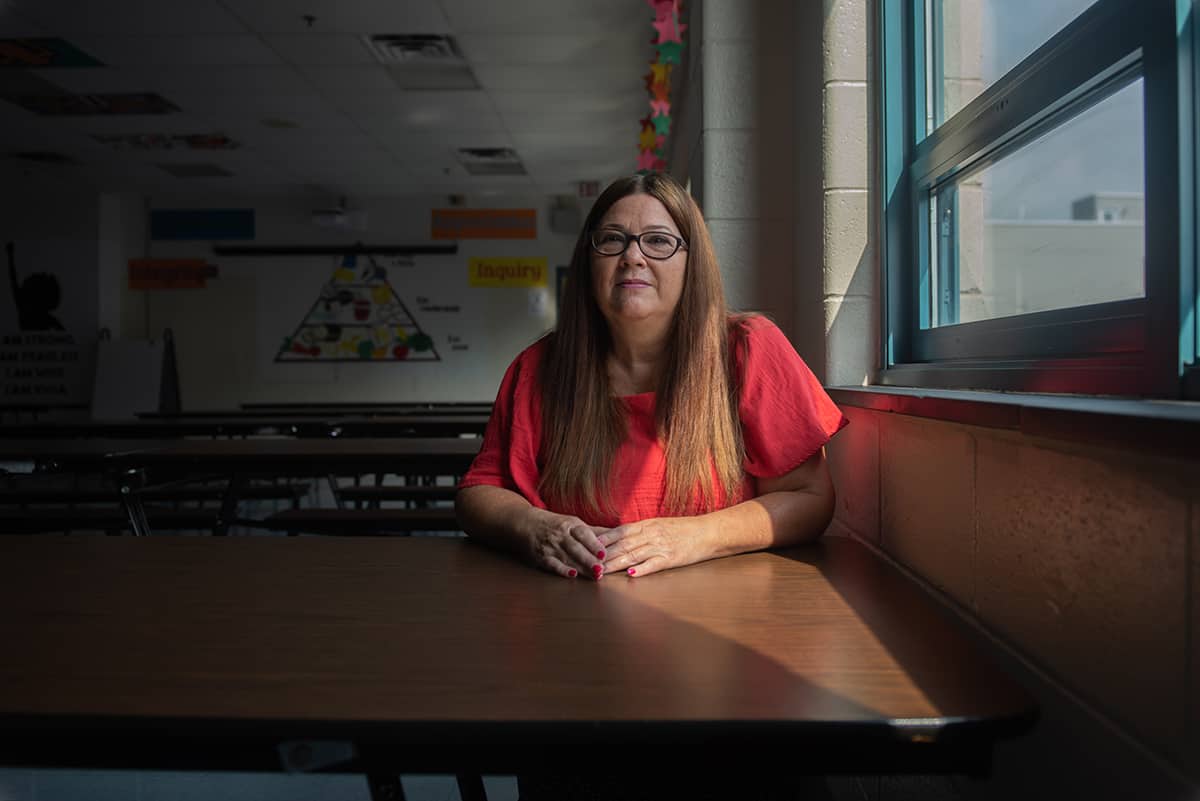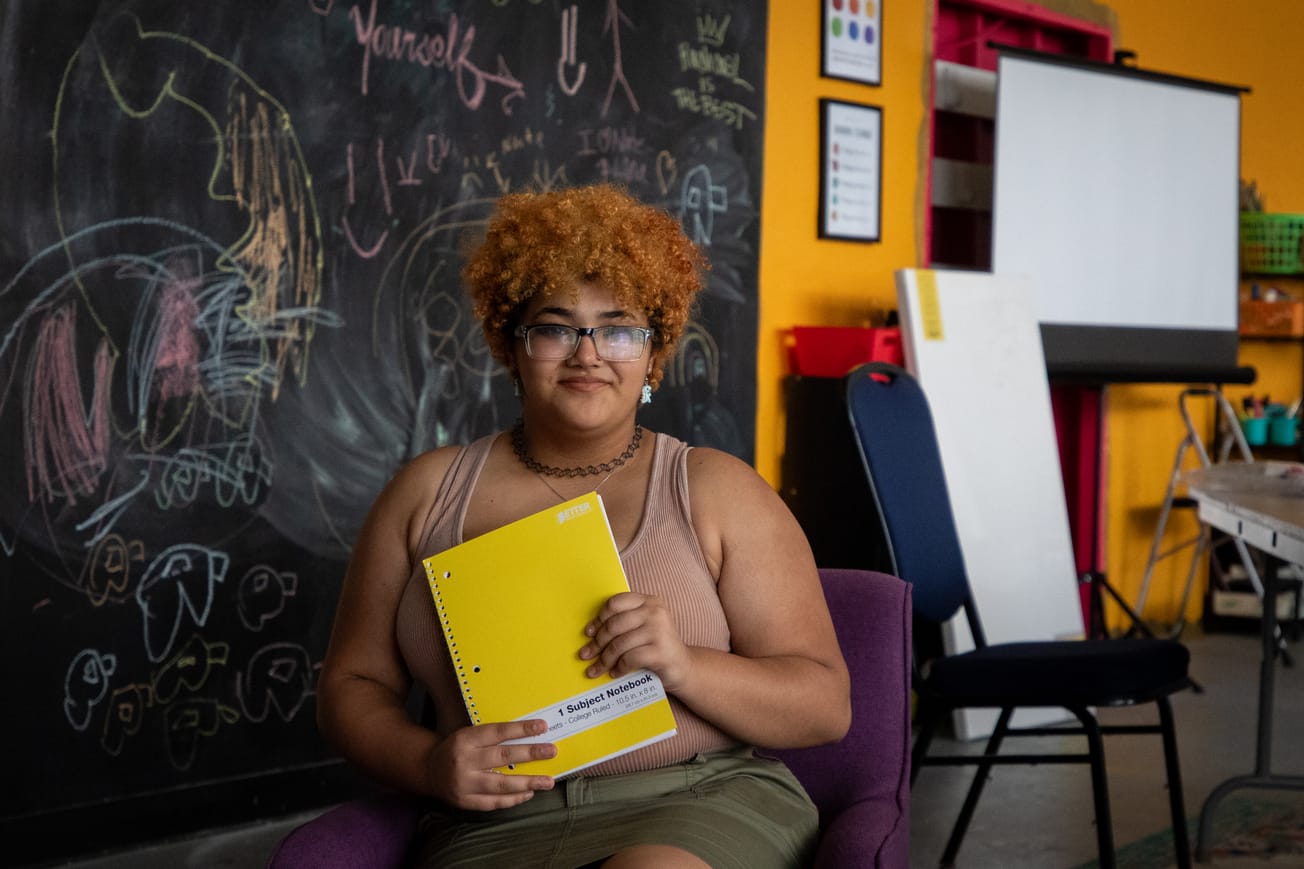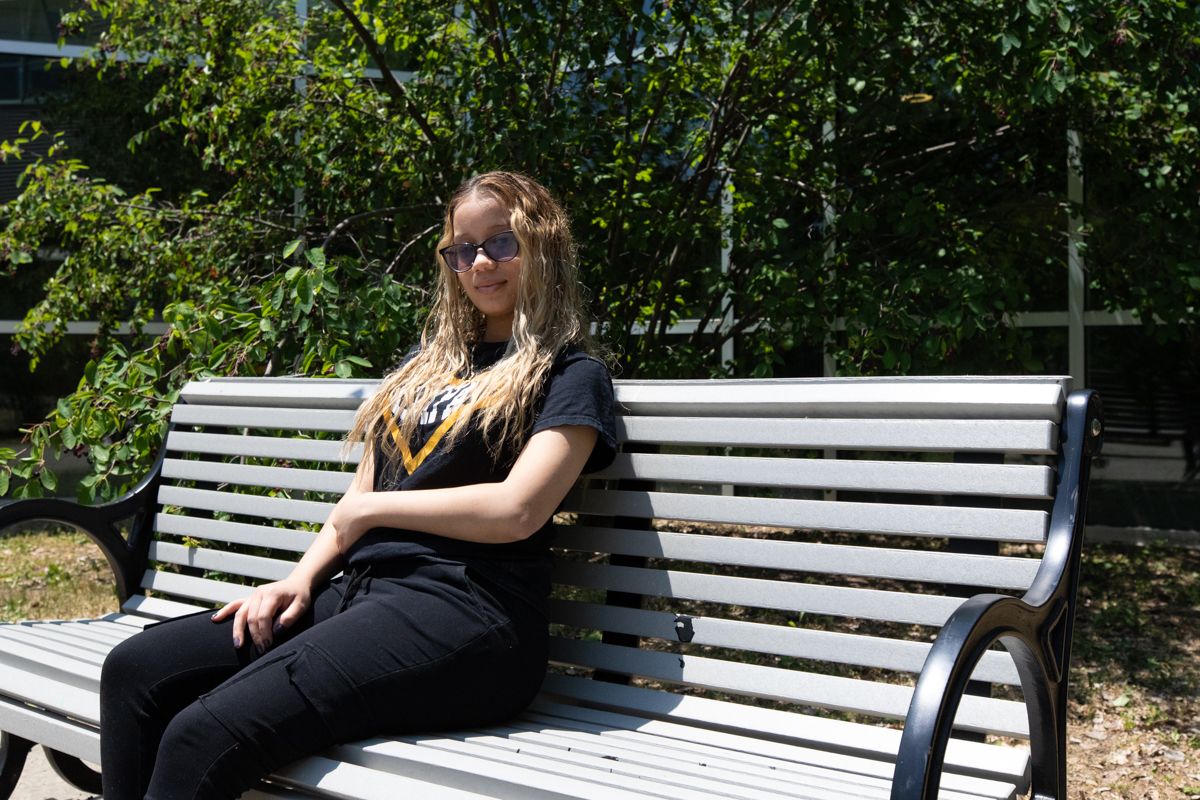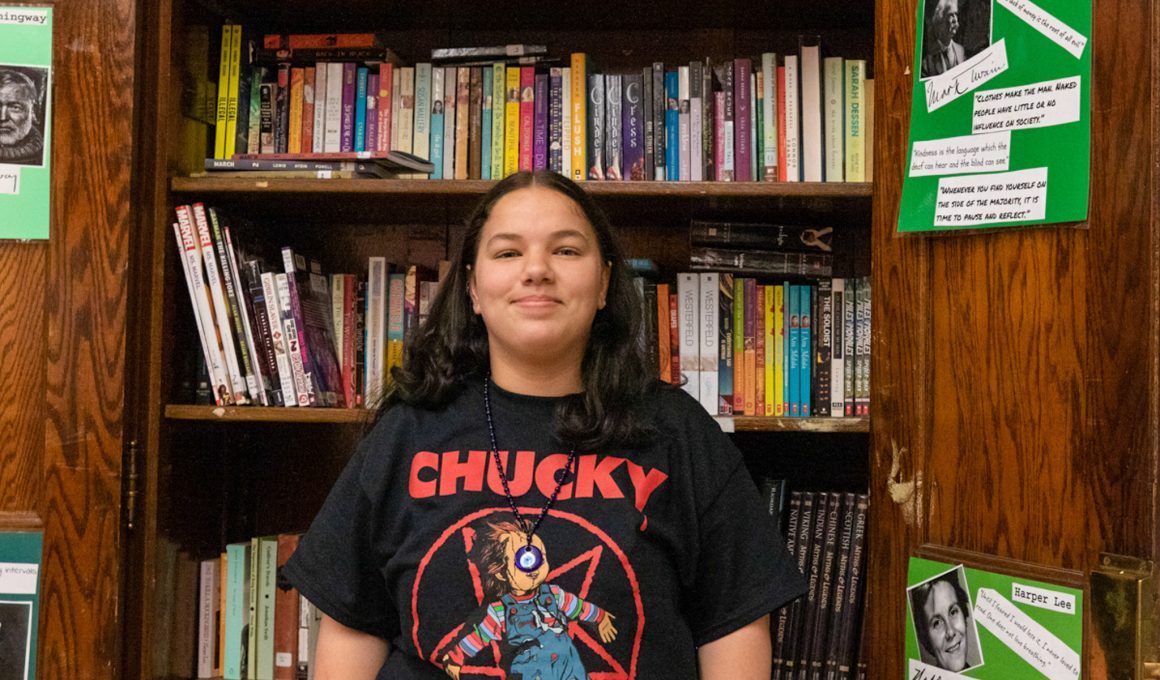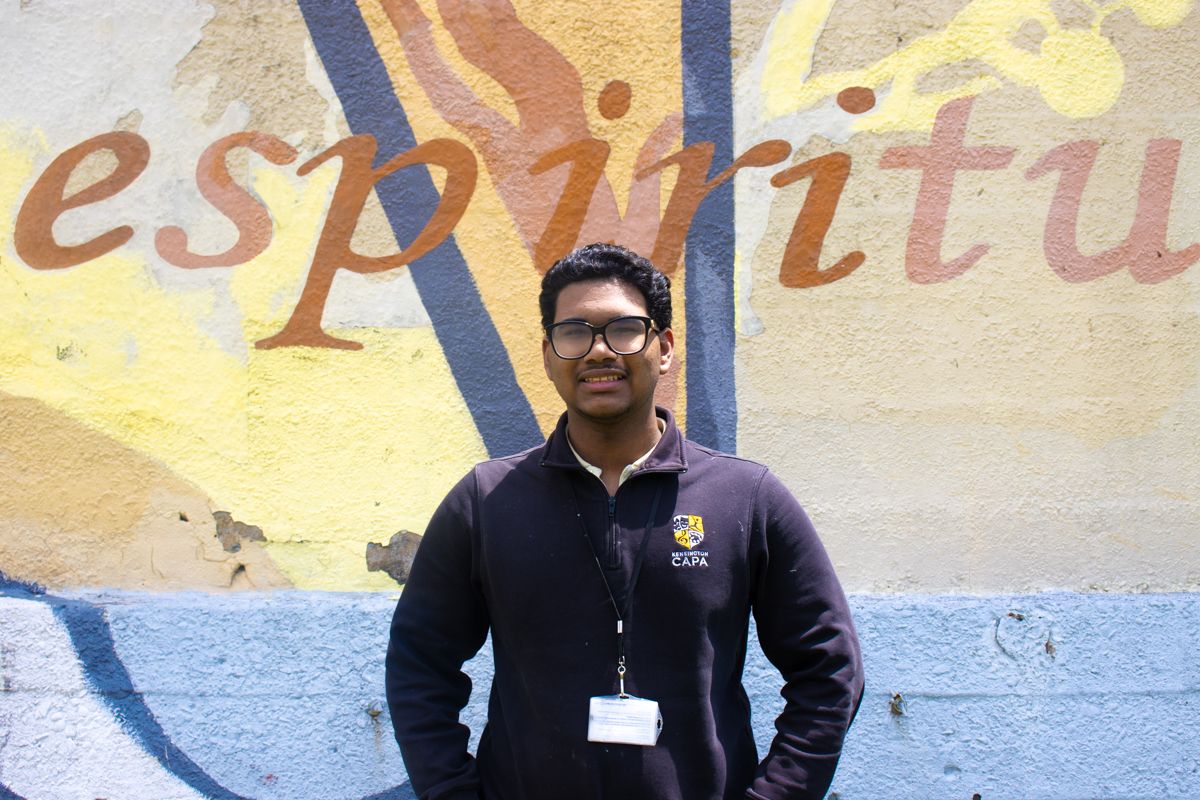On my very first day as an English Speakers of Other Languages (ESOL) and Spanish teacher in Kensington, I was nervous because I didn’t know what to expect. I don’t think some of my students knew what to expect, either.
My classroom was a mix: Some students were new to the school, some were new to the country, and others had been living here for years. For 16 years, I taught Spanish to children who spoke English in Virginia Beach, but it was my first time teaching English to native Spanish speakers.
As the students were talking, I said something to them in Spanish, and you could have heard a pin drop. I don’t think they were expecting to have a teacher who spoke their native language. Bilingual teachers in Philadelphia are few and far between; students may have never had a bilingual teacher.
Since then, using Spanish in my classroom at Kensington Health Sciences Academy has been very helpful, especially for first-year students. It helps them feel comfortable because it gives them somebody they can talk to about school matters and their feelings. After all, their feelings are mostly in Spanish.
When a student is scared and can’t express how they’re feeling in English, it makes learning even harder and more frustrating. While some people say, “Then they work through that frustration, and that’s how they learn,” I don’t agree. I think for many first-year students if they are frustrated, some stop and never really progress. The frustration hinders their education.
Many of my ESOL students visit me during their lunch period to work with me on their senior projects, which involves writing a big research paper. I have also spent a lot of time with them outside of the classroom. My students are really willing to do the extra work to learn — whatever it takes — when given the opportunity.
While a majority of our ESOL students speak Spanish, not all of them are Spanish speakers. Some of our students speak Vietnamese, Arabic, Albanian, and Polish, and all of them have different needs. For example, my Vietnamese students did not want me to use Vietnamese to help them. Even if I could use it, and I tried, they would say, “No, we just want English.”
Despite the different languages and the way different students learn, a common struggle ESOL students have as a person who is new to the country is a long period of acculturation. Acculturation is the way things are done here — how people communicate, what we think is important in school, school-appropriate behavior, and more.
Students have to adjust to being in an American school, and an American school is different from schools in other countries. For our Hispanic students, they’re fortunate because they live in a broader Hispanic community, and I think the transition might be a little bit easier for them. However, it’s still different and requires an adjustment.
Another big problem I see is when students enter the ESOL program in 11th or 12th grade and they want to go to college. But, there’s almost no way they’re going to learn enough English to pass the tests they need for admissions. It’s a battle to encourage students to not give up and feel like it’s for nothing, but to also understand that it’s a process that is going to take time.
Overall, I want my students to love and honor who they are and where they come from. I want my students to have an awareness of how language shapes their own expression and experiences. I want my students to use all of that to break down walls that limit or confine them to create spaces where others like them are welcomed and respected.
Language is such an essential and deep part of us all, and it shouldn’t be left at home when we come through the school doors. It should be respected, valued, and developed, for social, academic, and professional spaces.
Using Spanish in and out of the classroom has allowed my students and myself to form a unique understanding and respect for communication, identity, expression, and for each other, our families, and our community.
What did you think about this story? Send a note to editors@kensingtonvoice.com, and we’ll consider publishing it in our Voices section. You can also tell us what you think in person at our neighborhood events.
Editor: Siani Colón / Story Designer: Jillian Bauer-Reese / Translator: Kristine Aponte

